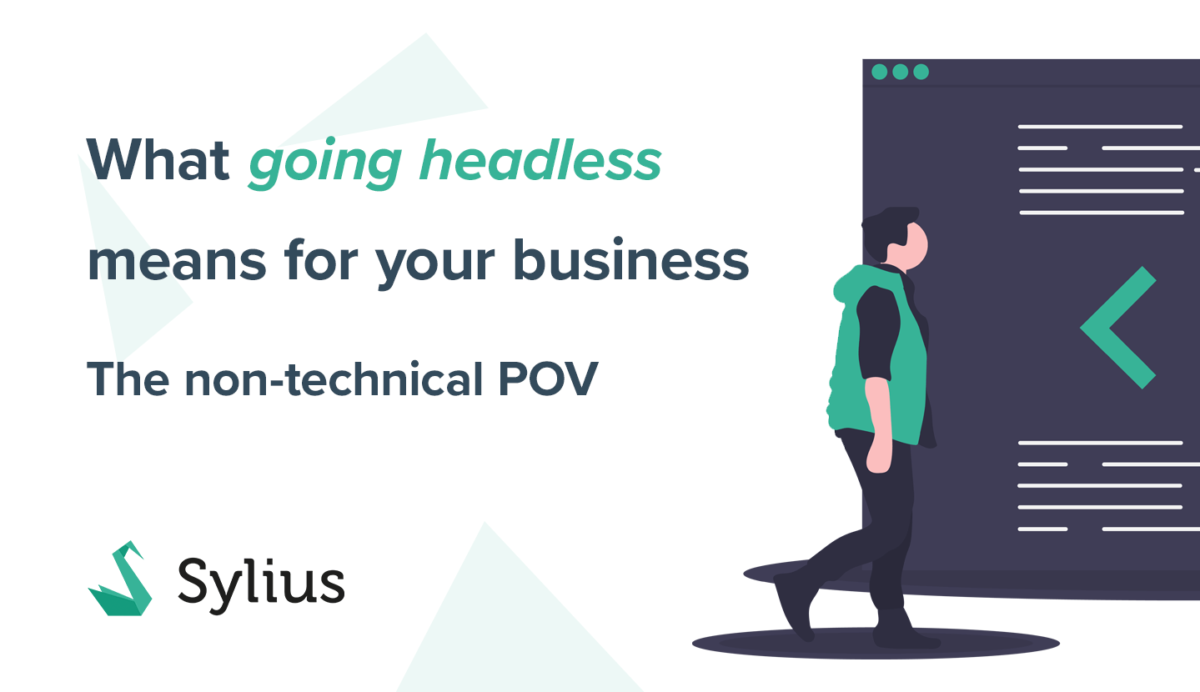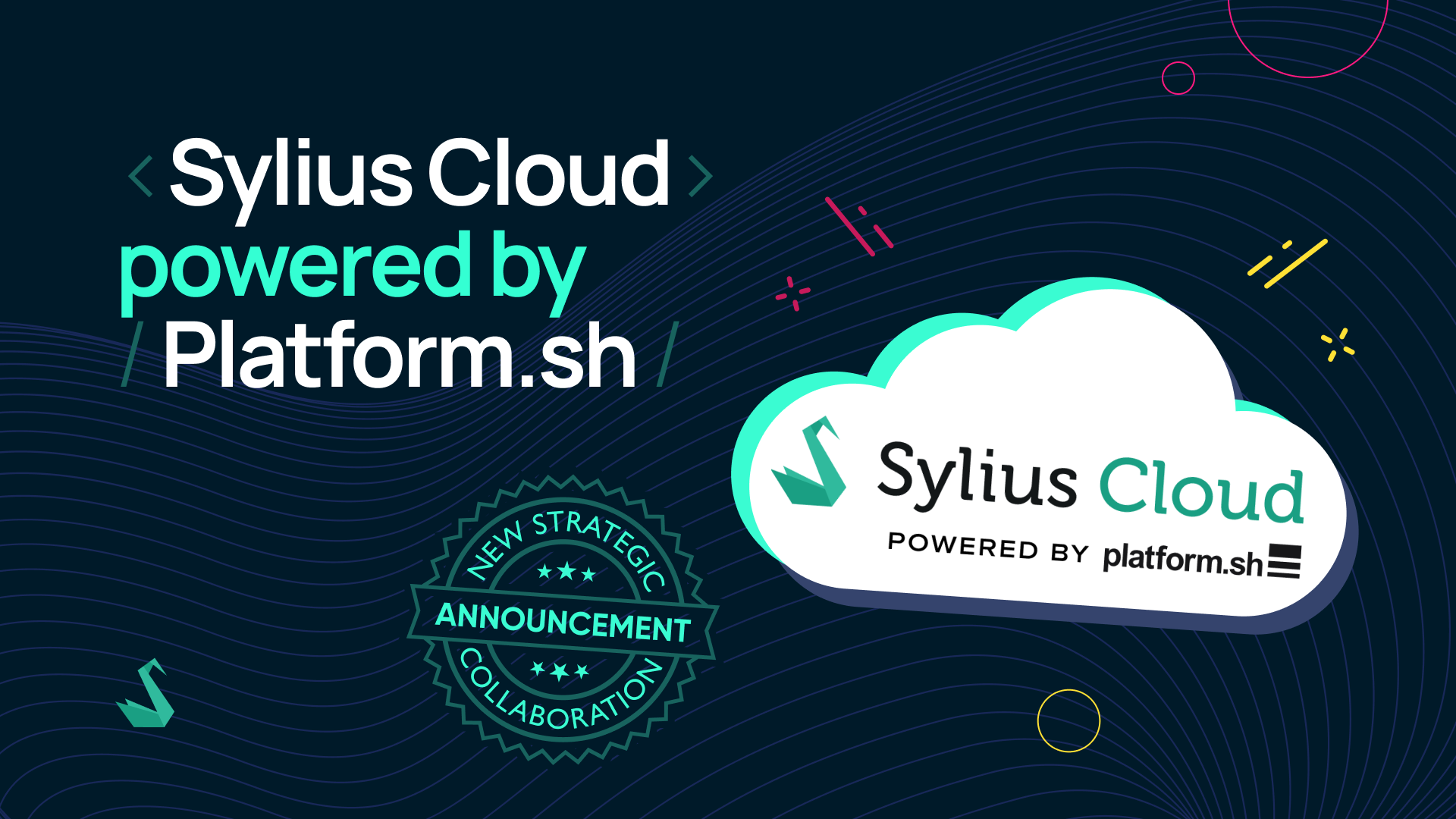
The word “headless” is buzzing in the eCommerce industry for about two years now. The definition of this word can differ. It all depends on where you put your ear. This time we’ll focus on the non-technical part of this term. What is headless? What does it exactly mean for your eCommerce adventure? Let’s find out!
Well, let’s start with the general definition of the term “headless”. This word basically describes the decoupling of the front-end of your eCommerce experience from the back-end. Simply put – what distinguishes the headless model is the lack of control how backend data will present data to the customer. In the headless approach, the most important is the content that has to be delivered to the client, regardless of what platform they want to access and when. To make this possible (also in Sylius), companies are using APIs to synchronize data and provide control to IT teams in terms of the technology used to interact with the client. Will it be a mobile app, a single page application or will it be consumed by another system? You don’t know, and that’s what matters!
Ok, but why is it so “trendy” and, in effect, so important for your business?
Even though that heading can be considered as weird, this situation is real. Thanks to the headless approach and APIs in general, companies can launch new front-end experiences incredibly fast. Also, reacting to new market trends can be done rapidly with a minimum of expensive and time-consuming back-end development. The ease of making changes is much higher with APIs too. The team of developers, no matter their experience level, can feel truly empowered to make changes in your eCommerce.
Also, if it comes to the “fast”, due to the separation of front and backend architecture, headless commerce solutions tend to work faster and be more responsive.
We all know that developing a platform can cost a fortune. Well, not necessarily in the case of the headless approach. Here the situation looks a bit different. Specialization of backend and frontend teams may bring some savings as people will be more focused on the stuff they know most. The maintenance and future changes (like new collections, promotions, seasons etc.) are likely to be cheaper than in the old school approach.
If you want to have a totally custom experience prepared for your clients with your own brand’s look-and-feel, a headless approach can make it so much easier to actually build the creative visions of your designer without finding yourself hitting restrictions. Unfortunately, most of the monolith platforms are not allowing to change the templates and themes and that can often stick a dagger right into the heart of your eCommerce.
Well, these are only the three reasons for implementing a headless approach into your business but there are definitely more out there. Of course, there are many companies that are truly enjoying the traditional ways of developing their eCommerce platforms and that’s totally OK. For Sylius, going headless means being free and able to customize your shop fast and without any surprising adventures. It means being able to work less in general and with definitely more fun. The choice, as always, is yours. If you want to check what we’re plotting in the subject of our API, go to Łukasz’s blog post and see what our devs are up to.


